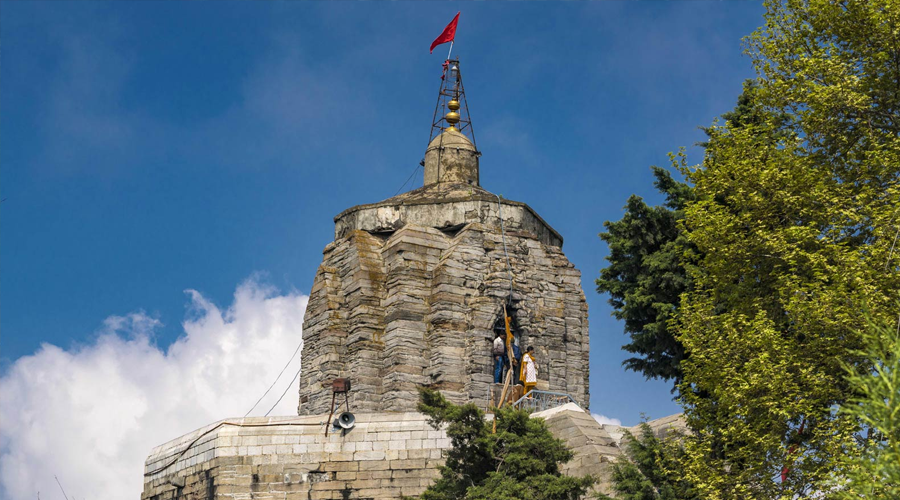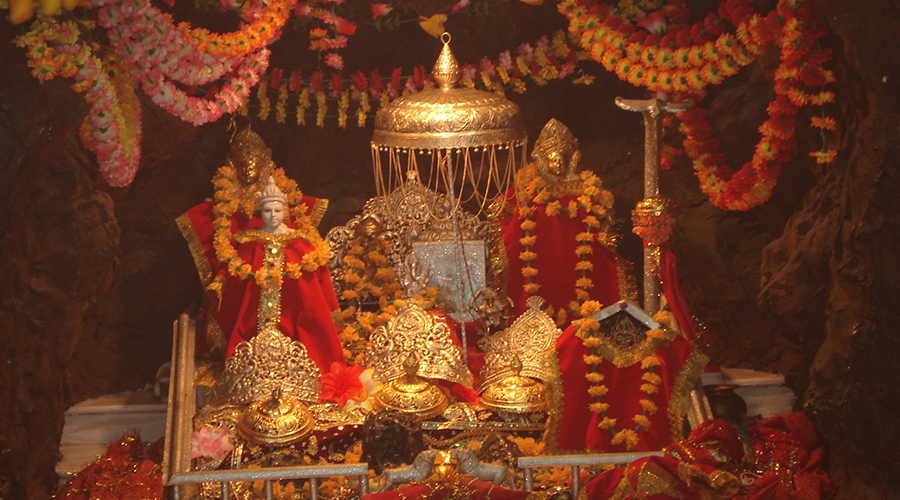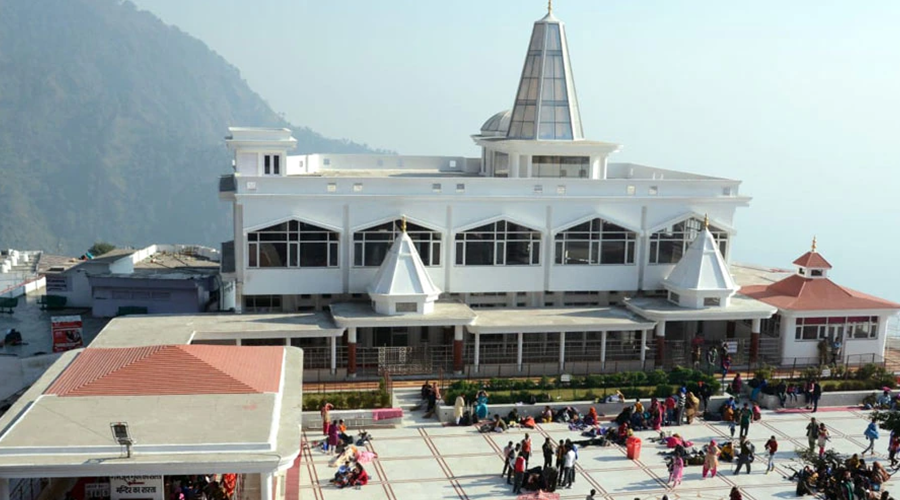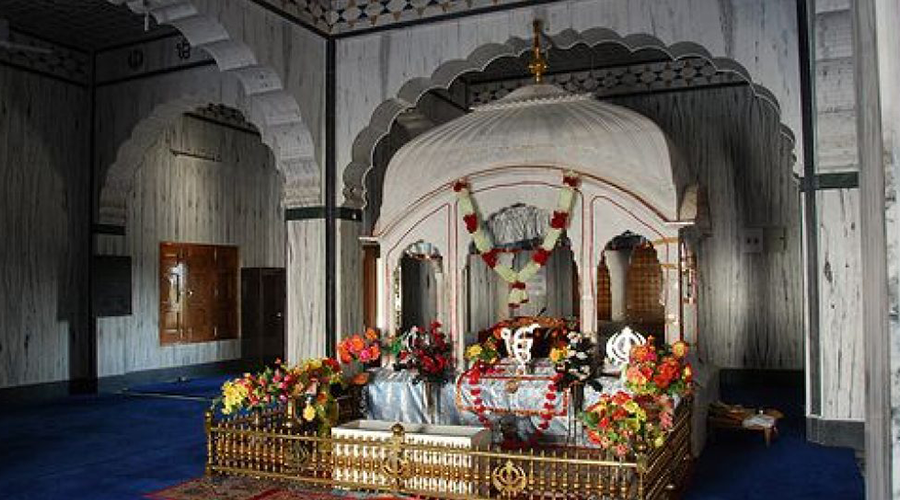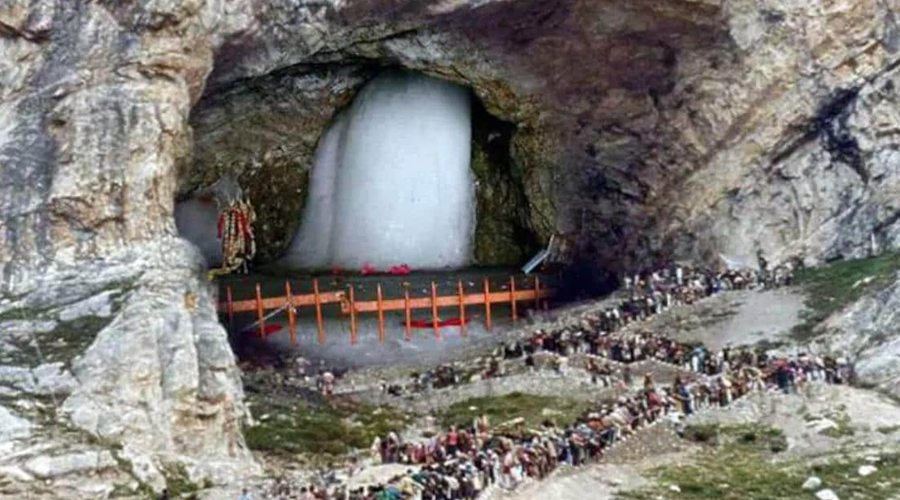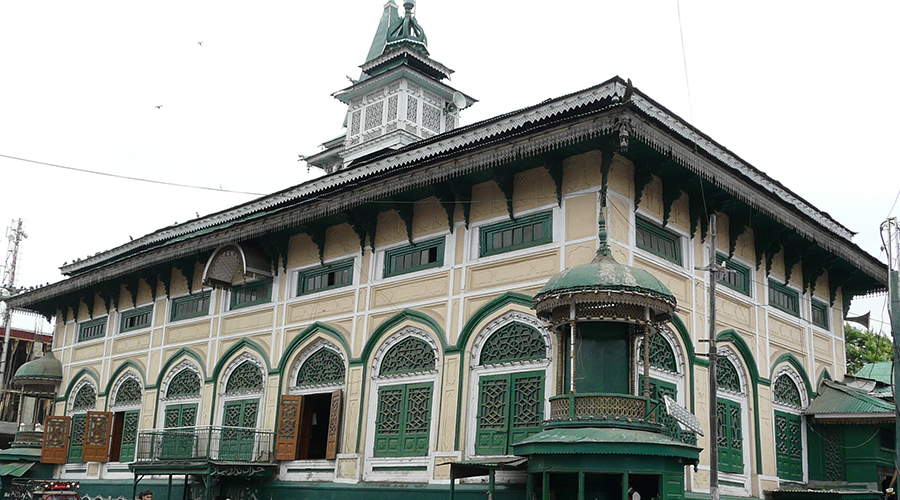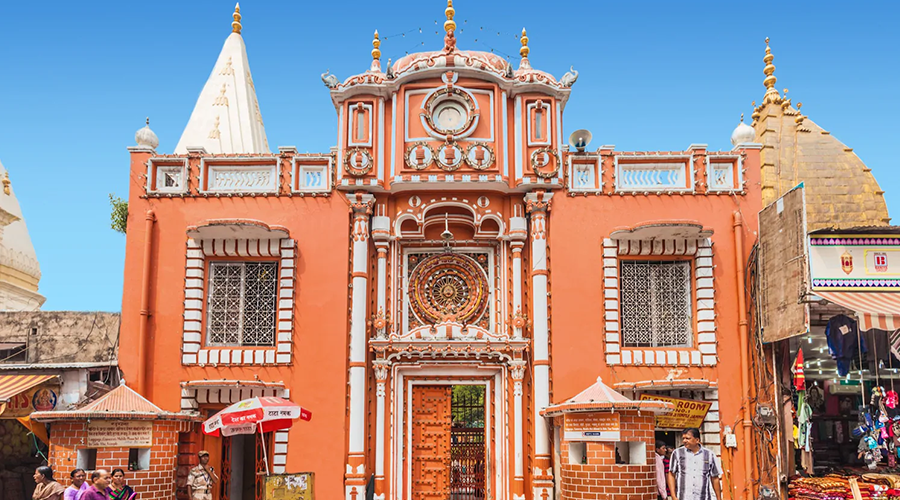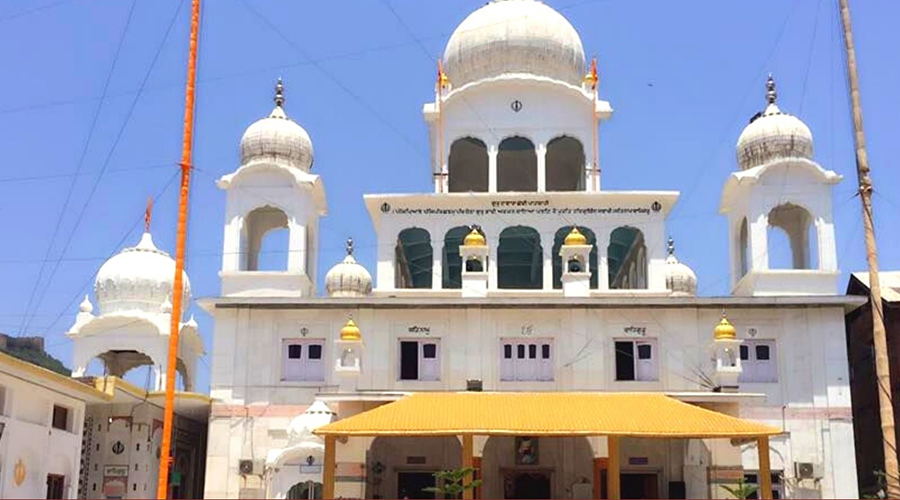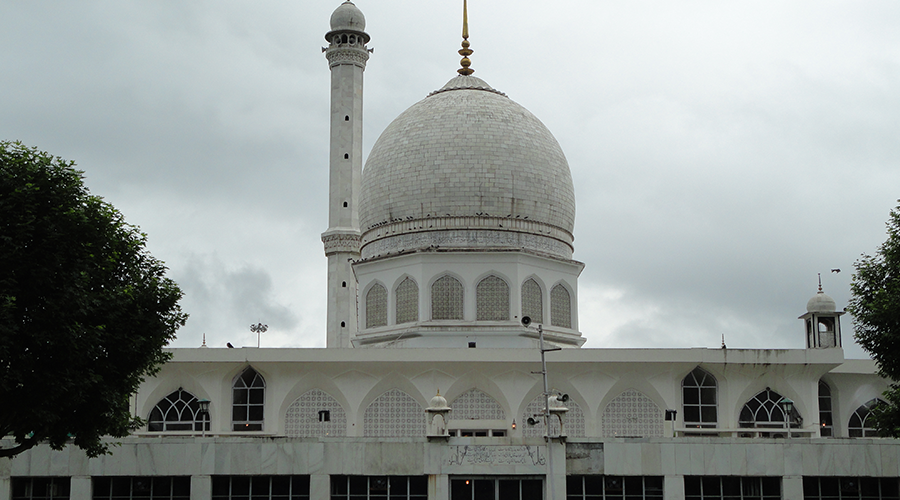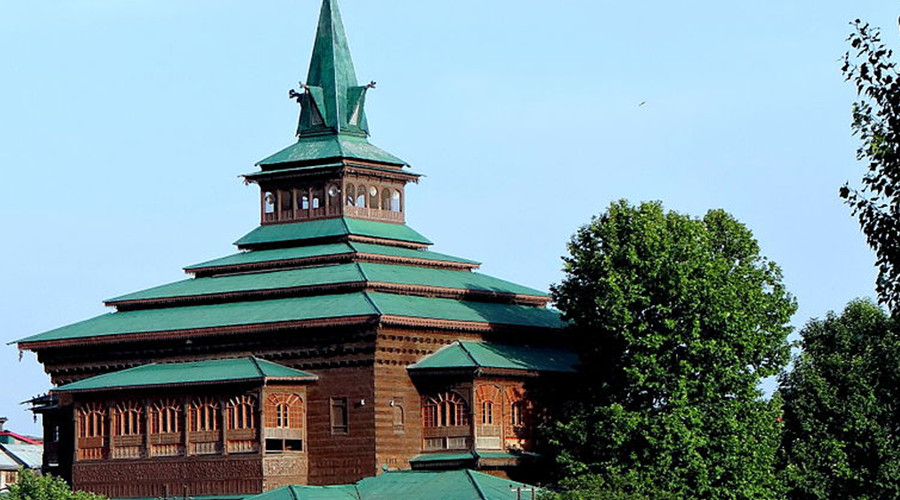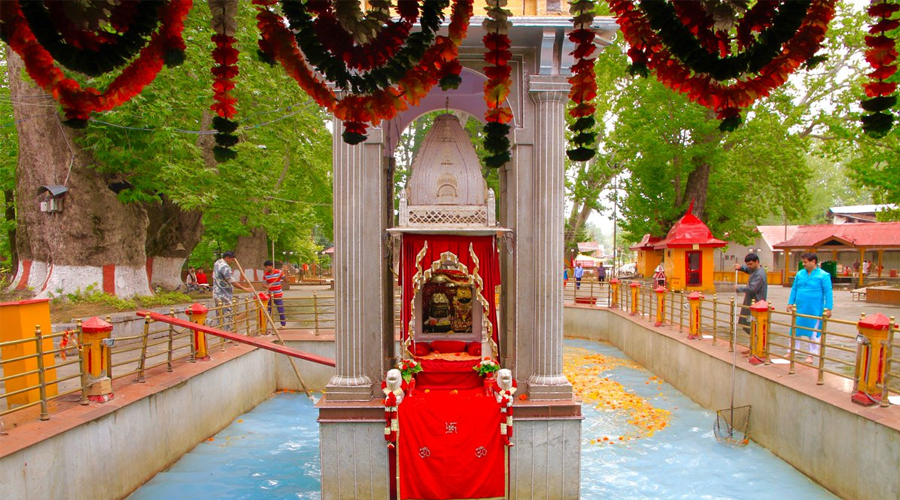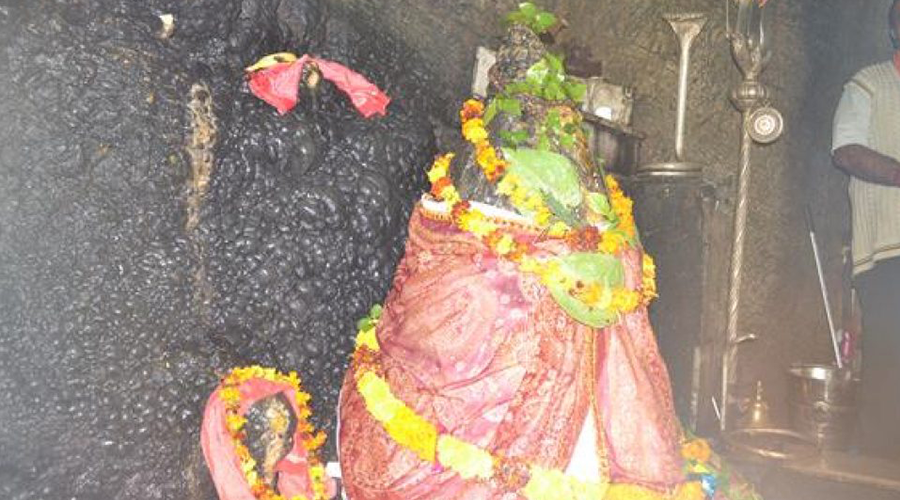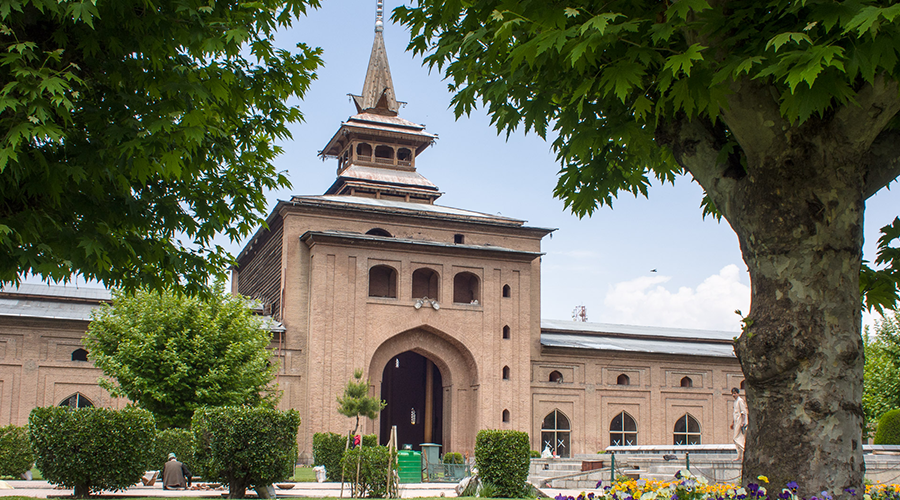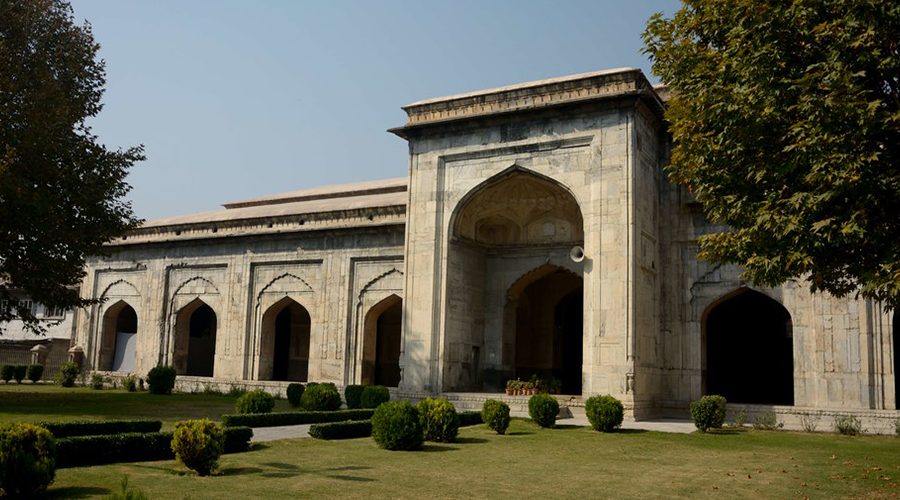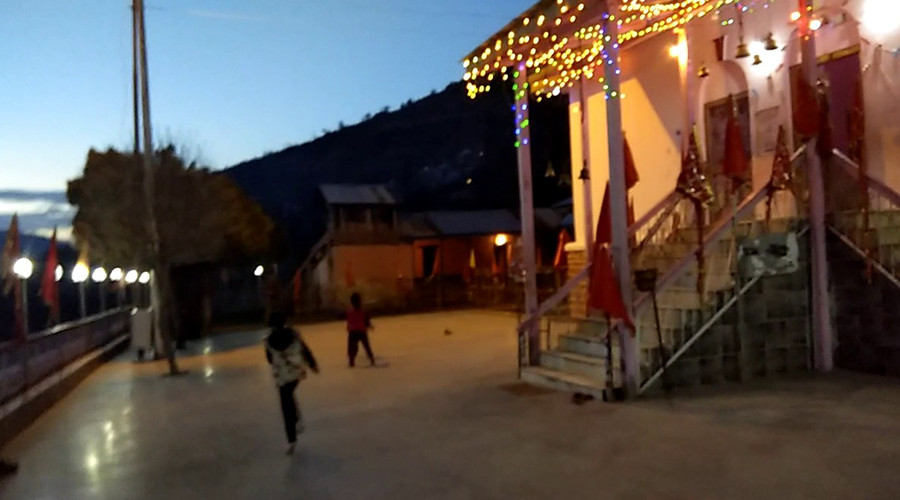Shankaracharya Temple, Jammu And Kashmir
One of the most revered Hindu pilgrimage destinations in Srinagar, the Shankaracharya Temple is located atop a hill known as 'Takht-e-Suleiman'. The ancient temple stands at a height of about 1100 feet above the surface level of the main Srinagar city. A visit to this sacred temple involves a trek to the top of the hills.
Devoted to the worship of Lord Shiva, Shankaracharya Temple is believed to have been built by Raja Gopadatya in 371 BC. During those times, the temple was known as Gopadri. The great saint Shankaracharya is supposed to have stayed here when he visited Kashmir in the early part of the ninth century with the primary aim of spreading the philosophy of Vedanta. This perhaps led to the renaming of the temple as Shankaracharya Temple. Shankaracharya was also instrumental in popularizing the worship of Lord Shiva in Jammu and Kashmir.
History
The Shankaracharya Temple was built in 200 BC but the present structure is a little recent and it dates back to the 9th century AD. The temple is also popular as it was visited by Adi Shankara which has made the temple to be associated with him. Thus the temple came to be known as the Shankaracharya Temple and this temple is also regarded sacred by the Buddhist community. The temple has a Shiv Linga that was placed in the temple during the period of the Sikh in the nineteenth century. It became one of the active Hindu temples when the priests started performing regular services in the temple. According to historians, this temple was originally a Buddhist temple that was extremely popular during the Buddhist era. The temple was then later changed to a Hindu site and Adi Shankaracharya made it a Hindu place of worship. The Jews and Persians used to call it the Bagh-i-Sulaiman which means the Garden of King Solomon and the temple also has Persian engravings.
Popular legends suggest that the Hindu king “Sandiman” governed in Kashmir from 2629 to 2564 BC and he was the one who built this temple. The temple was later on repaired by King Gopaditya (426–365 BC) and then by King Lalitaditya (697–734 AD). One the temple had been damaged due to an earthquake and Zain-ul-Abidin had repaired its roof that had tumbled down due to the earthquake. Sheikh Ghulam Mohi-nu-din who was a Sikh Governor from 1841–46 had also repaired the dome of the temple.
The Shankaracharya hill also has a historical reference from the historian Kalhana who had earlier called this mountain Gopadri. Kalhana had also said that King Gopaditya had granted the land that existed at the hill foot to Brahmins who had come from “Araya Versh.” This land grant had a religious term called the Gopa Agraharas. The same region is currently known as Gupkar. Kalhana had also mentioned another village that used to lie in the vicinity of this hill. The village is popular as it is believed that King Gopaditya had accommodated some Brahmins who had eaten Garlic to a village next door. Kalhana has also mentioned the King Gopaditya who had built this temple on top of Shankaracharya Hill which has been built as a shrine to Lord Jyesthesvara who is a form of Lord Shiva somewhere around the era of 371 BC.
Abul Fazal, a famous historian mentions that the King Lalitaditya Muktapida of the Karakote dynasty had helped with some major repairs in this temple. Srivara Budsah was a king who reigned in 1420-1470 AD and he also did some major patch-up work in the temple. He had also the temple’s spike and had repaired the roof of this structure that had fallen due to an enormous earthquake.

